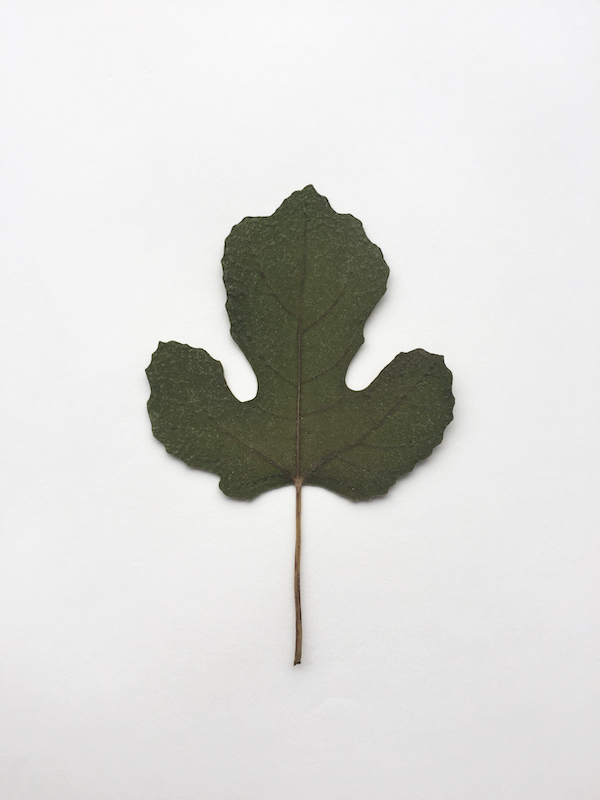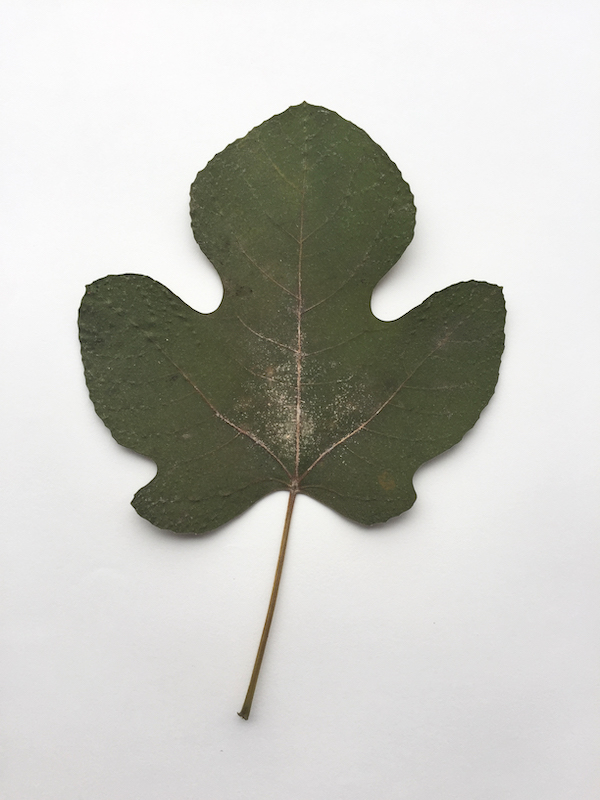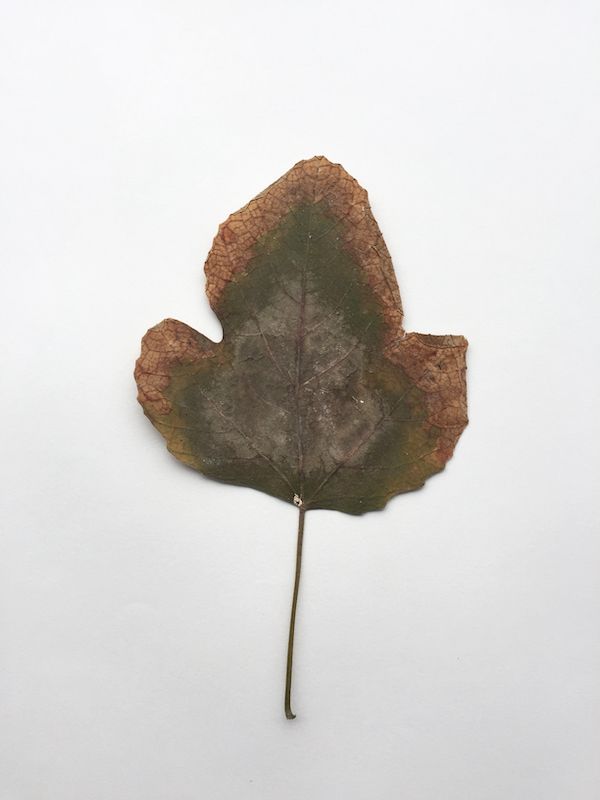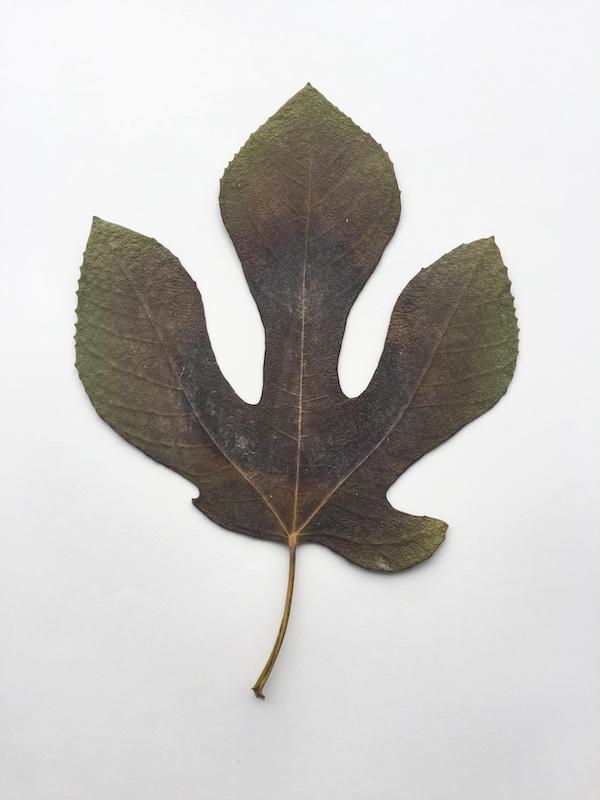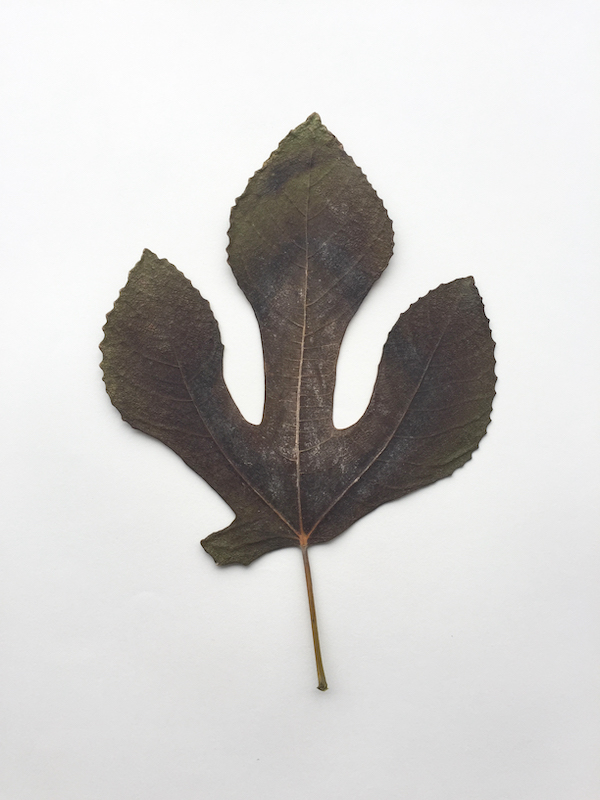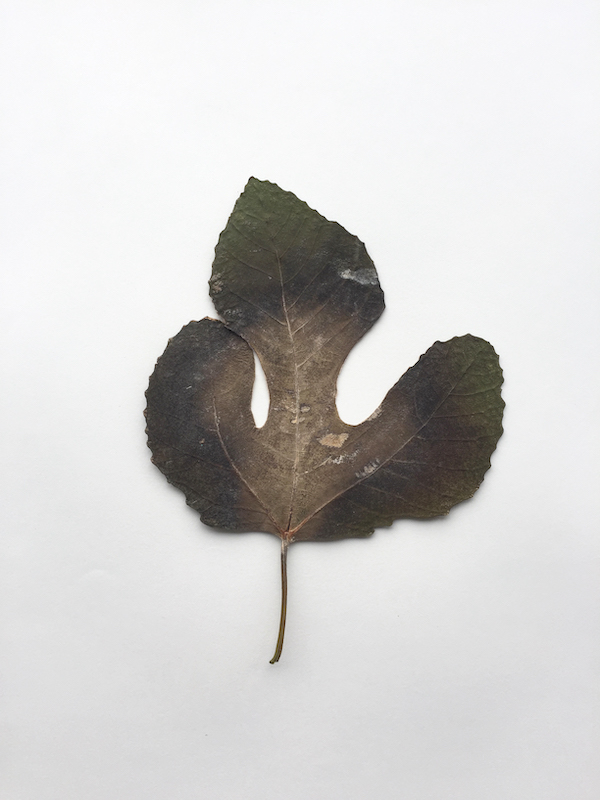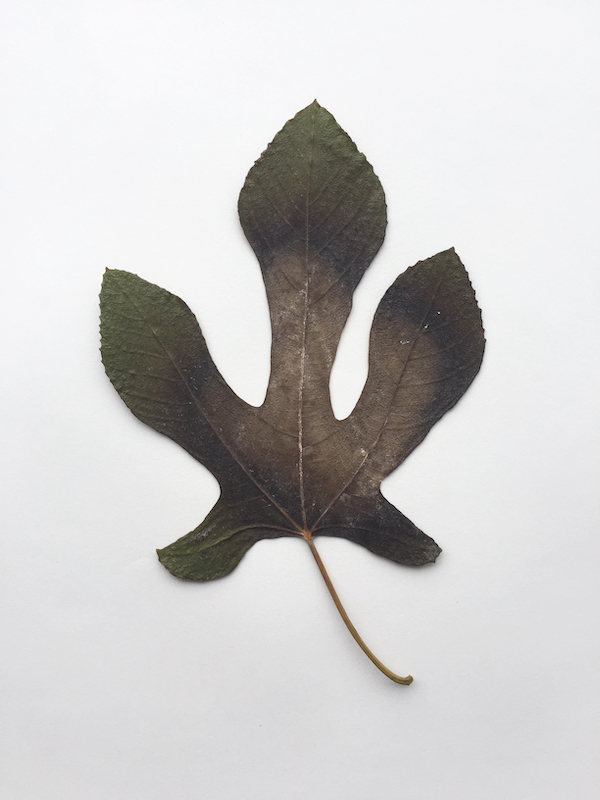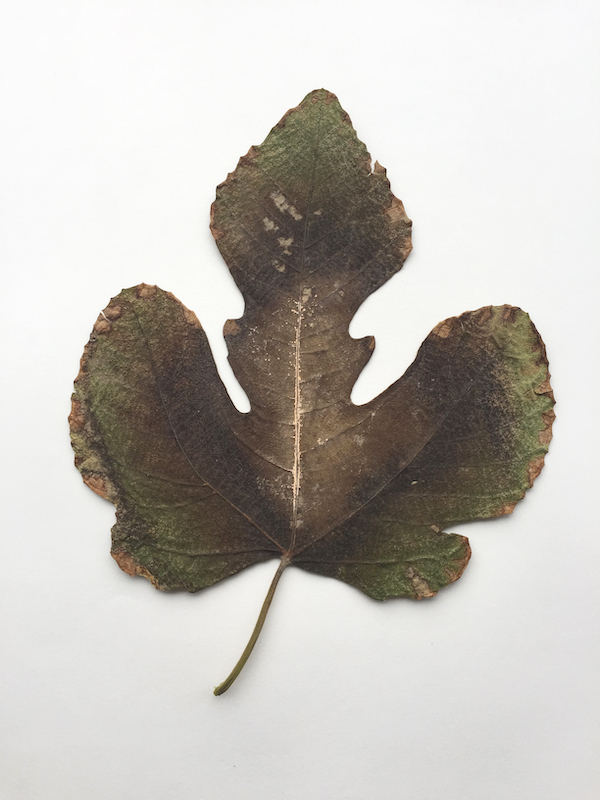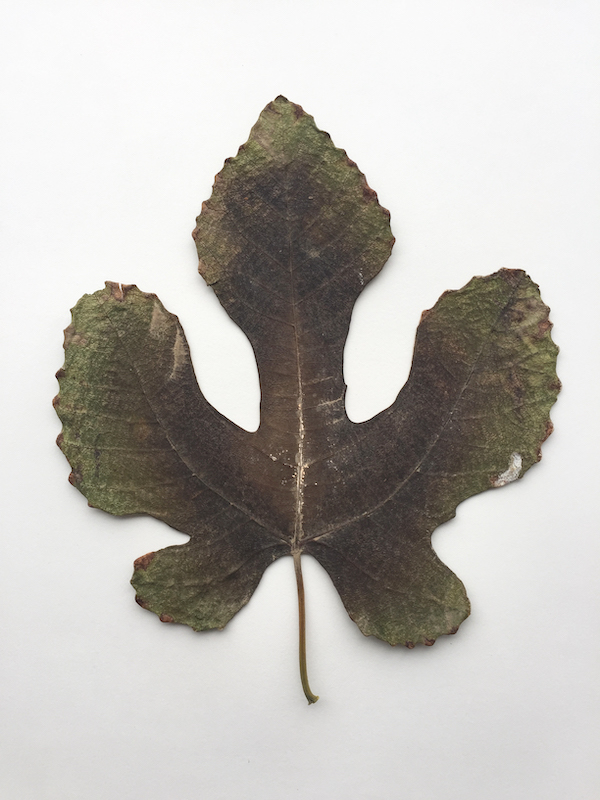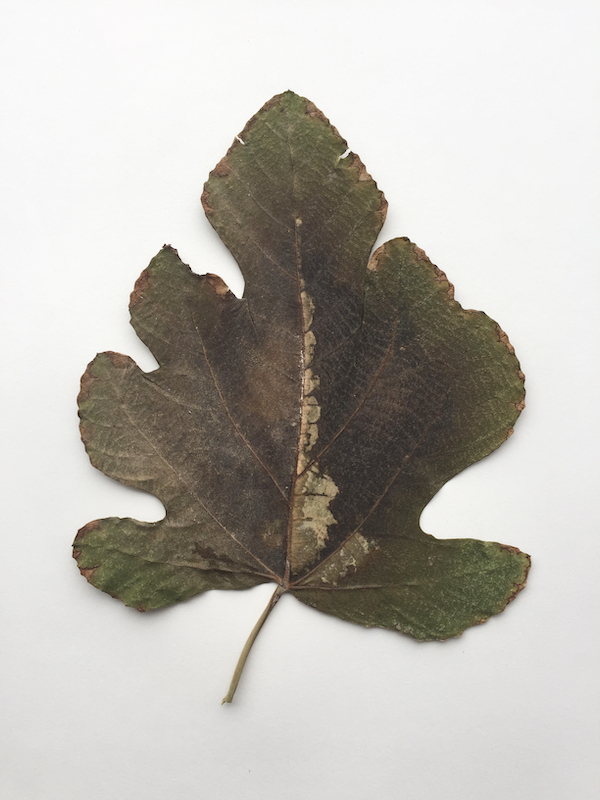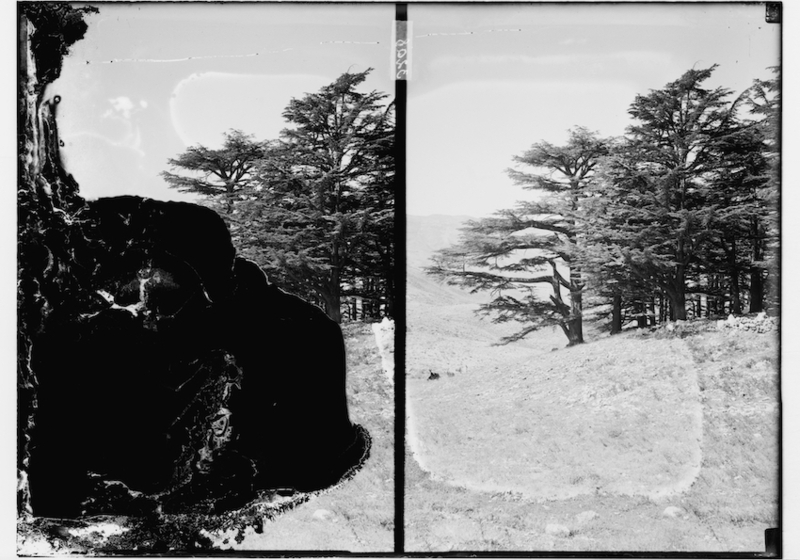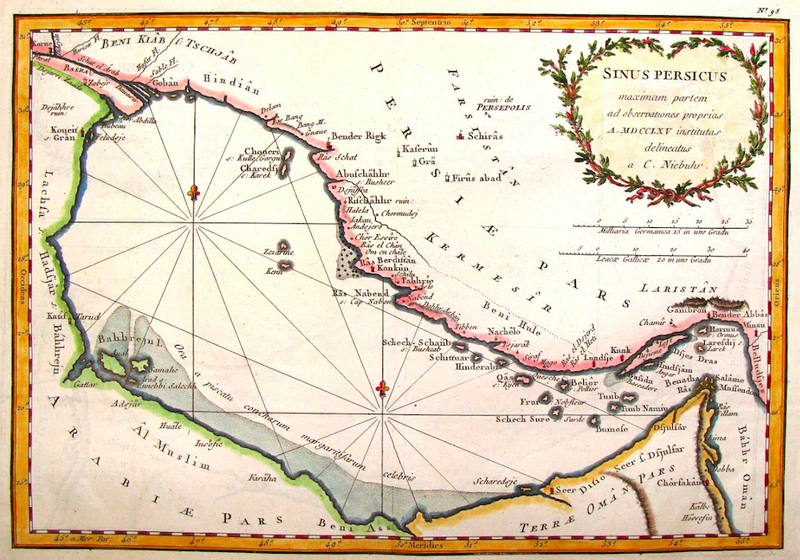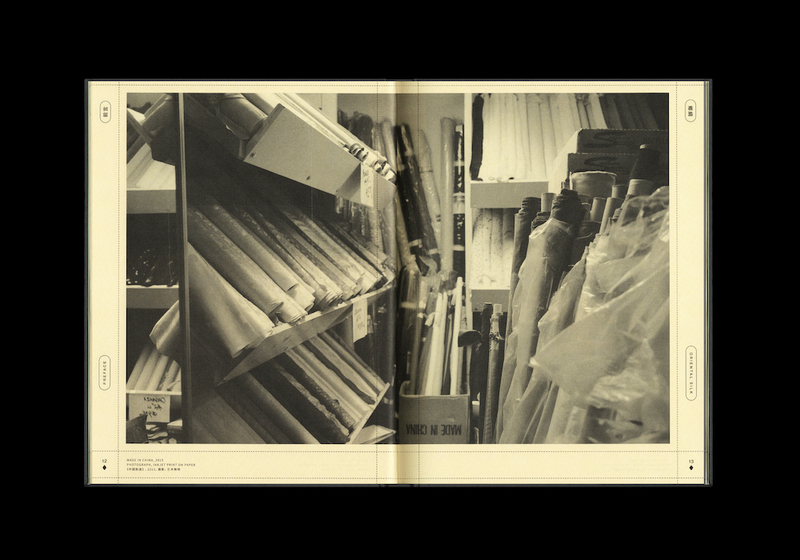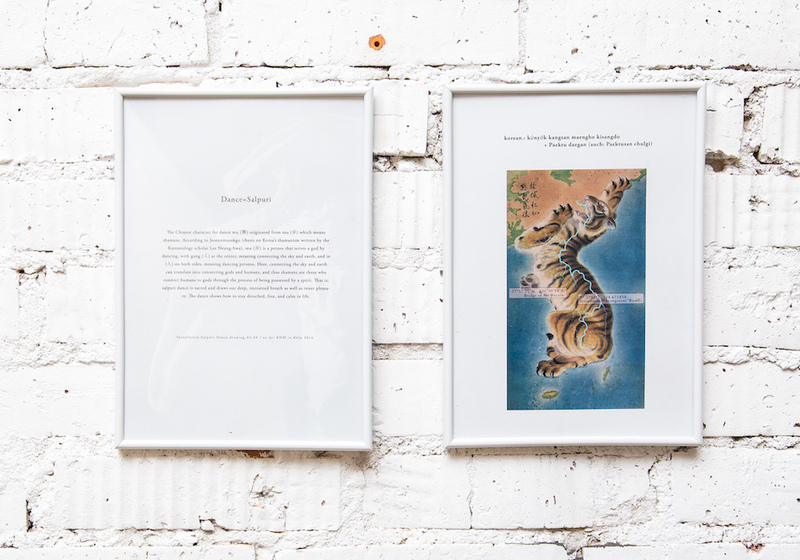EastEast open-call finalist, artist and researcher Aslı Uludag presents her special material for our (no)borders issue.
Revisiting the concept of “natural borders,” in her ongoing project Mattering of a Productive Mythology she researches the slow violence enacted by geothermal energy development in the Buyuk Menderes Graben in Turkey and its effects on the olive and fig trees that have historically defined this region.
D550 leads us from Aydın to the port city of İzmir. We trace the Büyük Menderes Graben, an impression delineated by two parallel ridges on the map of Turkey. Olive and fig gardens accompany us on either side of the road. Tricks of the light make the dry heat visible on the asphalt. It’s the end of July. The figs have begun ripening. Some have already been collected and are spread on drying racks; some await their sweet nectar on their stocky trees but all are in negotiation with the heat in becoming something else. Close-by, someone is in a different kind of thermal negotiation in a pool of water that has seeped up from a distant space concealed by the surface.
The road traces the Aydın-İzmir railway, Turkey’s first line. It was built by the British-owned Ottoman Railway Company with a concession from the Ottoman Empire and was completed in 1866. Constructed to connect the hinterland to the coast through the Büyük Menderes Graben, the railway was essential for the transportation of goods to the port city of İzmir, including the olive and figs the Büyük Menderes Graben is known for. The road and the railway, much like the Basin they follow, are lines from A to B on the horizontal plane of the map, from the hinterland to the sea, from earth to saltwater. Today, however, the surface on which these lines are drawn trembles with the weight of its own fiction, with microearthquakes reportedly originating from a few kilometers below. That is where, I hear, another body of wetness resides.
I ask my mom to pull over. We cross over the tracks and stop by the short walls of a fig garden. I get out of the car, into the subtle wind that’s heavy with the infamous stench of rotten eggs—hydrogen sulfide from the silver chimneys of a geothermal energy plant (GEP) a few gardens over. I catch a momentary glimpse of that distant place I’m in search of. Then I remember that the fig trees in this garden will die in the next twenty years.
A fig tree, defiant of the land plot’s geometry, is stretching its branches over the wall. I pick a few of its leaves and press them between the pages of my notebook. My hands are sticky with the golden nectar oozing from the figs and the white milk that gushes from their stems. I think of Sunay Dağ, whom I’d met a few days earlier. An agricultural engineer specializing in fig trees, she had complained about her tree of choice. “The sticky itchiness,” she had said, “stays with you for days after field work.” Behind my discomfort, I’m amused by and anticipate the fig tree imposing itself on my memory for the next few days—a sensorial reminder of an irreversible material exchange.
I follow the lime-washed wall and find the gate. A mother and her daughter are sitting in the shade of a plain, single-room cottage commonly found in the fig gardens in Aydın. I say hello. Her husband appears from behind the trees and invites me in. Without much of an introduction, he starts walking among the trees, pointing out their brown ringed leaves and cracked fruits. I follow his paced steps, skipping over thinned streams of irrigation water. “The figs, this year,” he says, “are not good for eating.” He tells me they’re only good for making jam, wine, and the like, so they’ll be worth a third of a regular harvest. He is, much like most other growers in the region, pessimistic about the future of his garden. We circle back to the entrance. He brings out a bowl of figs for me to eat on the road. I can’t tell him, or anyone else I meet here, that I’m not too fond of figs. So I thank him and he piles them into my folded arms. His hands, too, are sticky.
Fig trees are the primary witnesses of the environmental violence in the Büyük Menderes Graben—the mobilizing agent of the local resistance against GEPs
I peel myself from the ripening heat and get back into the air conditioned car. In an attempt to wander into the depths of the ground, I open my notebook and feel the brown edges of the leaves I’ve picked. I try to sense the accumulated boron in their crackly dryness, a sign of the recent reorientation of the local existents. I follow this manifestation through its materializing events.
Fig trees are the primary witnesses of the environmental violence in the Büyük Menderes Graben—the mobilizing agent of the local resistance against GEPs. Consistent with Rob Nixon’s definitionRob Nixon’s definitionRob Nixon, Slow Violence and the Environmentalism of the Poor (Cambridge: Harvard University Press, 2011). of slow violence, the signs of the rearrangement of existence in the Büyük Menderes Graben in the first half of the 2010s, when the GEPs started multiplying, were too subtle for human sensory devices and perception. What sparked the attention of the local fig growers in Germencik, Aydın were the brown edges that started staining the leaves in 2014in 2014The Sarılop fig, granted a Protected Designation of Origin (POD) by the European Commission, is grown only in Aydın, mainly in the town of Germencik. Combined with the particular sensitivity of the fig tree to boron and the distinct relationship between the surface and the deep subsurface in the graben—which led to the alarming number of GEPs—this geographical indication is one of the main reasons why the fig tree has such a critical agency in this conflict.
. The GEPs, introduced to the local population as a mode of producing clean and sustainable energy, were then still fairly new to the region.
The basin was marked as a geothermal field in the 1960s following the national geothermal energy explorationgeothermal energy explorationSadrettin Alpay, “Geothermal Energy Explorations in Turkey” in Second United Nations Symposium on the Development and Use of Geothermal Resources, 1:25–28. San Francisco, California, USA: Lawrence Berkeley Laboratory, University of California for the United States Energy Research and Development Administration, the United States National Science Foundation, and the United States Geological Survey, 1975. and mapping project and, though Turkey’s first plant was built in 1984, it remained it’s only one until 2006until 2006Gülden Gökçen, Kemal Öztürk, Arif Hepbaşlı, “Overview of Kızıldere Geothermal Power Plant in Turkey”in Energy Conversion and Management, 45 (2004), 88.
. The first plant in the town of Germencik was constructed in 2009, but many followed with unprecedented speed as the law on geothermal resources and mineral waters—passed in 2007—privatized geothermal energy. In 2014, there were already five plants in Germencik and fifteen in the Büyük Menderes Graben. Today, the basin is studded with a total of forty-three GEPs.
Thus, in 2014, the locals of Germencik, attuned to the articulations of their fig trees, organized and started researching the possible effects of geothermal energy production on the environment. From the nearby towns and villages, reports of dying olive trees— decades-old gardens drying up— began pouring in. Geothermal fluid discharges from the energy plants into the Büyük Menderes River and the streams became the focal point of the locals’ vision and phone cameras. Pipeline ruptures turned into scenes of local gathering and protests. By then, there were already a few scientific studies conducted on the effects of the GEPs on surface water and groundwater quality in Aydın, but Sunay Dağ was the first scientist to detect toxic levels of boron in fig leaves in a studya studySunay Dağ, “İncirde Verim ve Kalite Üzerine Jeotermal Enerji Tesislerinin Olası Etkilerinin Belirlenmesi” (T.C. Adnan Menderes Üniversitesi Fen Bilimleri Enstitüsü, 2015). she completed in 2015. Her report has been given a dedicated section in all the legal cases against the geothermal energy companies in Aydın since.
Among the plants most sensitive to boron are fig trees and grape vines, writes Dağ in her reportreportSunay Dağ, “İncirde Verim ve Kalite Üzerine Jeotermal Enerji Tesislerinin Olası Etkilerinin Belirlenmesi” (T.C. Adnan Menderes Üniversitesi Fen Bilimleri Enstitüsü, 2015), 35.. In small doses, boron is an essential element for plant growth as it strengthens cell walls. However, above a certain threshold, it leads to necrosis in the leaves, stems, fruits and, eventually, the death of the plant. The first visible signs of boron toxicity are browning on the tips of older leaves which then spreads to their edges and the midrib. The leaves look burnt and fall from the tree prematurely. I carefully brush my finger along the edge of the leaf in my hand. There is, after all, a limit to the maximum strength of a wall, I think.
The sunlight reflecting on the silver geothermal pipelines outside catch my eye. I realize the car has started moving. Along the road, the pipelines appear and disappear in bulk, challenging the smooth, impenetrable continuity of the surface—how deep do they dive? Their weave, marked by a dramatic shift in light, floods the visible play between the olive trees and the rays of sunlight. I think of the “olive line” Richard Mabey remarks on. This is a threshold many 18th and 19th century European artists, including Van Gogh, Cezanne, and Renoir, crossed, “pass[ing] from the bright and sappy greens of the deciduous north to the silvers and grey greens of the south.” The artists’ encounter with the shimmer of the olive’s silver foliage, writeswritesRichard Mabey, The Cabaret of Plants: Forty Thousand Years of Plant Life and the Human Imagination (New York: W. W. Norton & Company, 2017), 239-240. Mabey, “helped shape the visual sense of modern Europe.”
The stench of rotten eggs and the change in the fig and olive trees made sensible the slow and microscale rearrangement of existents already at work beneath the surface
Travelling along the receding olive line in the Büyük Menderes Graben, we make another stop in Germencik. I get out of the car and follow the silver pipelines to a geothermal borehole that I make out from a distance. I sense the stench of rotten eggs getting heavier with the afternoon sun. I find my thoughts in the metalworking days of my past, when liver of sulfur was always at hand as the go-to patina to blacken bronze and copper. I imagine the tiny particles of metal dust that I’ve inhaled over the years, wherever they’ve located themselves in my body, blackening with the hydrogen sulfide I’m breathing in—if they somehow haven’t already.
I arrive at the wire fences that mark the company territory. Fences trigger events in the basin, one of which took place in December 2018 in Kızılcaköy, a small village not too far from Germencik. A month earlier, the Environmental Impact Assessment (EIA) procedure for a new GEP—planned to be built in Kızılcaköy—had begun. There were no GEPs in the village yet, but its inhabitants were acquainted with their effects. Not only had they been in contact with the locals in Germencik, but the entanglements that fold one into another had already carried over the manifestations of toxicity to Kızılcaköy from the neighboring town. The stench of rotten eggs and the change in the fig and olive trees made sensible the slow and microscale rearrangement of existents already at work beneath the surface. By the time the EIA began, the locals were already in the second month of their protest, led by women, gathering most hours of everyday in the town center.
On that day, in December 2018, when the locals of Kızılcaköy got the news that the company had started building fences and placing surveillance cameras around the acquired land plot, they marched to the scene and began their three-day long watch. The state intervened by dispatching the gendarmerie.
Despite the Kızılcaköy women’s unyielding resistance, the EIA was approved by the Ministry in April 2020, lifting the energy company’s only obstacle. The locals filed an appeal, they won. Yet, the Kızılcaköy women continue their watch in the tent they’ve built in the town center—the EIA cases never close entirely in the Büyük Menderes Graben. I hear the women speaking over each other, telling me of their on-going resistance during my visit a few days ago. I begin to unweave their voices into single strands, then decide to leave them tangled.
The odd geometry of the land plot in front of me, on which the borehole is erected, suggests that it has been sliced off from a larger whole. I try to figure out which neighboring garden it was separated from when the company acquired it. Was the grower forced to sell or was it taken by eminent domain? I follow the fence and trace the plot’s irregular geometry. Which came first, the fence or the hole?
In the first week following the privatization of geothermal energy in 2007, a large number of applications were submitted for exploration licenses, many by persons or companies that had no prior experience with geothermal energy production. Though the process typically—and legally—operates on a first come first serve basis, the dates of these applications were registered to be the same. Consequently, the licenses were distributed by first assigning the winning bid the total of its proposed project area—the winning bid was picked mainly based on financial feasibility and speed. Then, the remaining land that was zoned for geothermal energy was divided among the other bidders. The result was “a license texture of shattered glass” that divided the zone into triangles and polygons and placed numerous license holders next to each other in tiny adjacent blocksblocksTahir Öngür, Ümran Serpen, “Jeotermal Kaynaklar Yasasının Yarattığı Kargaşa,” vol. E/2009/494-3 (Jeotermal Enerji Semineri, İzmir: TMMOB Makina Mühendisleri Odası, 2009), 159–170.. I hear Halil ÇetinkayaHalil ÇetinkayaHalil Çetinkaya is a fig grower, the director of Germencik Environment and Nature Organization and one of the leaders of the local resistance.
telling me yesterday that someone told him 85% of Aydın had already been licensed off. Many locals repeat this information with slightly changing numbers though there is no documentation to show it.
The shimmering layer of the not-yet-materialized unrolls beneath my feet. I am surrounded by the superimposed geometries of the surface onto which the fenced plot in front of me fits perfectly. Yet the targeted aquifer a kilometer or two below trembles, disagreeing. I remember that a few months from now, an earthquake will be felt here on the surface. It’s hypocenter—the earthquake’s origin—will be located at a depth of 1.6 kilometers.
Draining an aquifer, especially in an earthquake zone, alters the pressure in the subsurface and leads to structural changes that significantly increase the likelihood of an earthquake
The production of a surface is a fundamental step in demarcating a territory on fluid bodies, where the surface functions as a stable geometric figure on which border lines can be overlaid. Thus, the delineation of fluid existents does not only produce lateral divisions but also, and primarily, constructs a vertical separation, fabricating an above and a below. This is the logic that the GEPs in the Büyük Menderes Graben are grounded on and operate within. Yet the articulations that emerge from the depths of the region challenge this notion with vibrations that have, over centuries, penetrated the surface.
A graben is a block of the earth’s crust that has sunk because it is separated from the pieces on either side by fault lines. The Büyük Menderes is one such geological formation and thus has an intimate relationship with earthquakes and the subsurface. It is an active rift basin characterized by active fault lines—an earthquake zone. Much like in most earthquake zones, thermal fluids are located at shallower depths in the ground in the Büyük Menderes Graben. Seeping through fault lines, the geothermal fluids carry the deep subsurface closer to the surface and catch the attention not only of individuals that seek to find remedy in thermal and mineral waters, but also of geothermal energy companies.
One of the first rules of producing geothermal energy sustainably is to reinject the geothermal fluid back into the aquifer it was pumped from after extracting its heat on the surface. This practice not only ensures the longevity of the aquifer and the geothermal energy produced from it. It is also a measure against seismic activities that are among the risks of geothermal energy production. Draining an aquifer, especially in an earthquake zone, alters the pressure in the subsurface and leads to structural changes that significantly increase the likelihood of an earthquake. However, dozens of videos recorded by the locals in Aydın show GEPs disposing steaming fluids into the river and streams. Beyond pointing to the alarming pollution of soil, surface water, and groundwater, with boron among the pollutants, these videos imply that reinjection is a skipped stage in the process of geothermal energy production in Aydın. I feel tremors.
Geothermal fluid discharges are not simply signs of negligence. They are symptoms of an invented surface in operation which defines an above and a below—two autonomous and hierarchically ordered spaces. Seismic vibrations, in return, are an intervention to this bordering, manifestations from the depths, piercing the surface and making the dissected vertical entanglements sensible above. I reorient myself attentively.
The wetness around my feet refocuses my attention and pulls me back to my position in front of the borehole. I’m standing in a puddle. I scan my footing, in search of the surface I’ve been walking on. Traversing the edge of my memory, I encounter my imagination. My memory folds onto itself. I’m riding the twist of a Möbius strip. My feet start sinking in the mud and lose the surface. I insist on the stability of my assembled self and imagine being lined with a thicker skin that can endure a different heat, but my corroding pores have already entered a material negotiation. Particulates fix themselves into the inconsistencies of my body’s surfaces—its holes, crevasses, and dimples. My vision couples with double refraction through the crystallizing calcite that’s tracing my orifices.
With the increasing acidity and aggressive oxidation, the partitions of my body give way. It is not gravity that’s commanding my path, I am not falling. It is rather the shifting pressure that sucks me through pores and cracks. I lose sight of the boreholes. The heat of the earth’s core disperses my memory and dissolves my senses. I meld with the chemistries of the deep subsurface that saturate geothermal fluids. In the depth of time, the heat releases itself from the fluid it’s locked in. I taste the shimmers of a differentiating reassembly, a moment of individuation with others. I sense that we’ll be here for a while and familiarize myself with the new form I inhabit.
My mom asks for one of the figs piled on my lap. We’re just arriving in İzmir. I peel one and pass it to her, then peel another for myself. I remember the material differentiations in the Büyük Menderes Graben locating themselves in my body throughout the next few days as I metabolize this fig. I take a bite into its seedy, soft flesh and ingest the deep subsurface. I am elsewhere.
